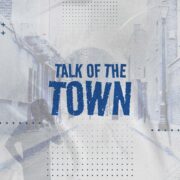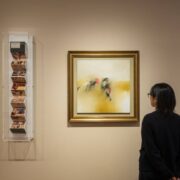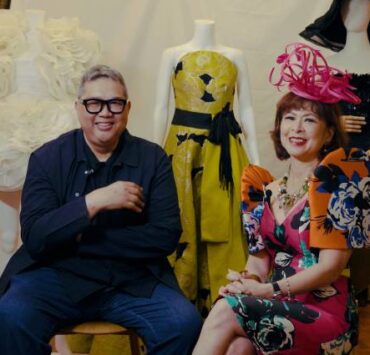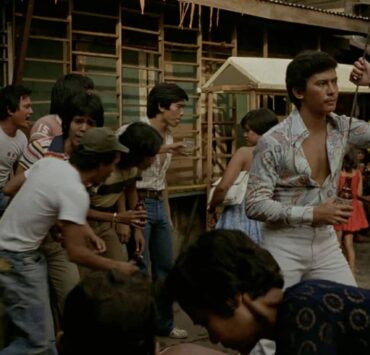Pop culture icons that have evolved into protest symbols
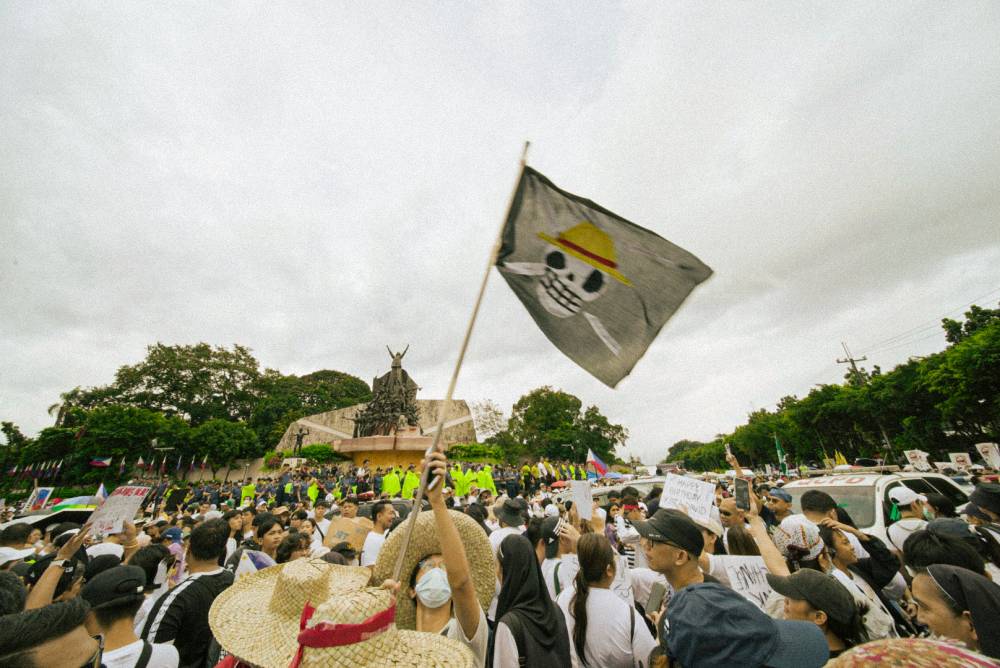
Whether you were out on the streets of Manila or at home on Sept. 21, you have likely spotted this familiar image: a black flag marked by a grinning skull wearing a straw hat with a red band, rising proudly above the tide of protesting Filipinos at the Trillion Peso March.
For a longtime anime fan or a child of the 2000s, the flag’s meaning should be a no-brainer. However, if you fall in neither category, consider this your introduction to pop culture’s new protest symbol of choice: the Straw Hat Pirates’ flag from the anime series, “One Piece.”
While the iconic Jolly Roger is the most recent instance of popular media appearing in the hands of protesters, it isn’t the first of its kind, as several pop culture icons have had a long-standing place in different resistance movements.
2008 to 2011: Guy Fawkes mask from “V for Vendetta”
Inspired by 2005’s “V for Vendetta,” the international “hacktivist” group Anonymous used the movie’s iconic Guy Fawkes mask to conceal their identities during a protest against the Church of Scientology for alleged internet censorship in 2008.
The mask would become widespread in 2011, when protesters used it amidst the “Occupy” movement that erupted against New York’s Wall Street, the London Stock Exchange, and other corporate entities for supposed corruption.
2014 to 2021: Three-finger salute from “The Hunger Games” series
During 2014, anti-military coup protests in Thailand showed people adopting the three-finger salute, popularized by author Suzanne Collins’ “The Hunger Games.” A gesture of unity and defiance in the YA (young adult) dystopia series, Thai citizens continued to use the salute until 2020 in a rally for total government reform.
Since its first appearance in Thailand, people have also raised their hands in the three-finger salute in Hong Kong’s 2014 protest for universal suffrage and Myanmar’s 2021 coup opposition.
2017 to 2019: Scarlet cloak and white bonnet from “The Handmaid’s Tale”
In 2017, women across the United States adopted the distinctive scarlet cloak and white bonnet from Margaret Atwood’s “The Handmaid’s Tale,” in a symbolic response to anti-abortion legislation and other policies threatening female reproductive rights.
A representation of the dystopian novel’s “Handmaids,” where women were forced into childbearing servitude, the costume has since reappeared in women’s rights demonstrations worldwide—from Argentina’s 2018 demonstrations for abortion rights, to the 2019 protests against U.S. President Trump’s visits to the U.K.
2018 to 2020: Salvador Dali masks and red jumpsuits from “Money Heist”
Several Italian and Spanish protesters took to the streets in the iconic Salvador Dali masks and red jumpsuits from Netflix’s “Money Heist,” also known as “La Casa de Papel,” in a show of resistance against rampant economic inequality and government corruption.
In 2018, Italian students wore the masks and attire during protests against financial reforms that ignored the education sector. Later on, factory workers in Spain would don the costumes in 2020 to protest the closure of a Nissan factory plant, which threatened the livelihoods of nearly 3,000 employees.
2019: Joaquin Phoenix’s “The Joker”
Lebanese protesters expressed indignation against their government’s inefficient response to the 2019 financial crisis—an aftermath of the state’s civil war—by taking on the likeness of Batman’s long-time nemesis, the Joker.
While many took inspiration from Joaquin Phoenix’s face-painted portrayal in the film by Todd Philipps, which premiered in the same year, demonstrators also represented their discontent and rebellion by using the comic book villain’s face in masks and graffiti tags.
2024: K-pop group light sticks
More recently, in 2024, South Korean fans of K-pop raised light sticks in a protest to oust former president Yoon Suk Yeol. Protesters even adapted the practice of “fan chants” by waving their light sticks and singing “Impeach Yoon Suk Yeol” to the beat of girl group Aespa’s “Whiplash.”
International fans of the K-pop boy group NCT even began to sell their lightsticks for protesters to use at demonstrations, stating it as their way of contributing despite being unable to participate physically.
A shared language of rebellion
Pop culture’s presence in these different historic circumstances proves that more than being our source of entertainment, it can provide us with a sense of protection, solidarity, and courage that help us overcome times of oppression and injustice.
Their distinct visuals and widespread popularity can also offer us a way to convey a political message to one another beyond the borders of culture and language—often through social media, where fandom spaces allow pop culture to thrive.
And while various icons like the Straw Hat Pirates or K-pop idols are either fictional or difficult to reach, the values they represent and the courage they inspire in us are very real. In an age where political institutions are failing to address the concerns of their people, they serve as our shared message of resistance, spoken through the image of entertainment.




